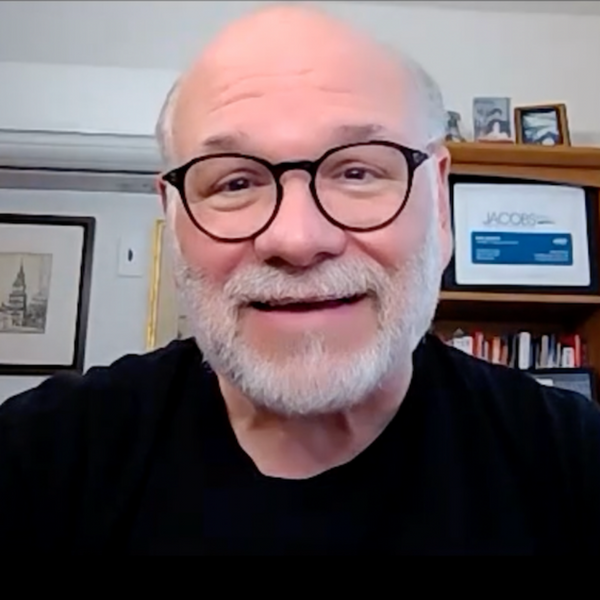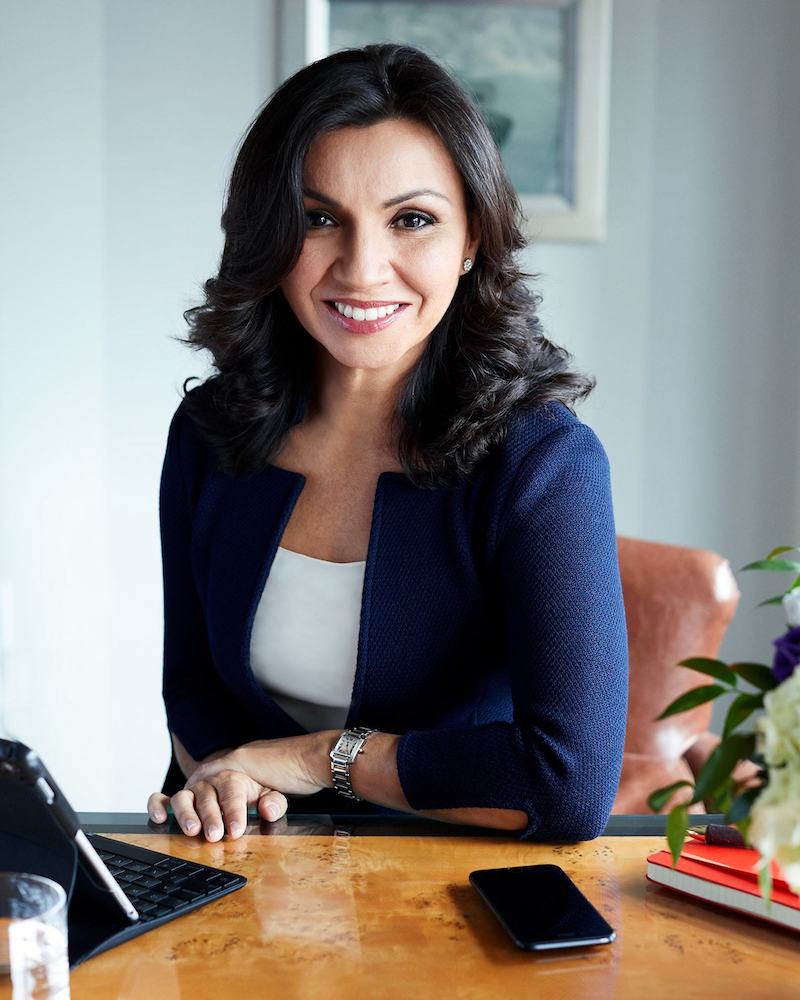AnnaMaria DeSalva on Maintaining Your Center
By Ken Jacobs
October 2019
Name: AnnaMaria DeSalva
Current job title: Global Chairman and Chief Executive Officer at Hill+Knowlton Strategies
Previous executive roles: Senior Adviser to the CEO of DowDuPont; Chief Communications Officer, DuPont; Vice President, Corporate Affairs, Pfizer
You recently became global chairman and CEO of Hill+Knowlton Strategies. Tell me about your new role.
I led global health care at H+K from 2006-2009, and that played a large role in my own development. So I begin with a sense of gratitude for the opportunity to lead this great company, with a lot of heart for the firm and tremendous respect for all that has come before.
The role of the CEO in many respects is to unlock the potential of the organization. We are renewing H+K for its next era. That means choosing where to compete over the next five years, how to win and how to cultivate the growth of the organization and its individuals.
My priorities for the first 100 days are focused on discovery and listening, connection, and the 2020 strategic road map. This framework has led to six activity streams involving leader input; listening tours and site visits; client engagement; employee communications; strategic planning; and engagement with our parent company, WPP, and with our outside influencers and partners.
With a large company like H+K, how do you create a sense of connection with employees?
Our size is an advantage. We have global scale and can apply the principles and methods that are used effectively by many larger companies to create a sense of connection and community, but with a comparatively smaller and easier-to-reach employee population. That’s our opportunity, and we are going to make the most of it as we grow.
I’m a believer that listening is the start of all effective business and communications strategy; it comes naturally to me to listen and learn from others.
You’ve led agencies and held corporate roles. How does leadership differ depending on the setting?
Leadership principles are the same in either environment. You’re accountable for strategy and execution, for inspiring and engaging teams, for developing talent and for advising business leaders to help them preserve and grow value.
On the corporate side, business strategy and external pressures can be dynamic, so I’ve found that leading effectively there requires even more fluidity and resilience. You need to maintain your center and be a source of calm and quality thinking for many people inside and outside the organization, especially during episodes of radical change. It’s also essential to lead through influence.
In an agency environment, there needs to be profound talent orientation. People are the product, and so leaders need to “eat and sleep” talent strategy by developing a strong pipeline of talent, creating a constructive culture and ensuring the strength and sustainability of the client-service model and growth strategy.
How can the PR profession create an environment in which it’s no longer news when a woman is named CEO of a global agency?
On the topics of gender parity and diversity in management and governance, I am an optimist and a realist. I’m optimistic because I see outstanding women achieving in many industries, with both women and men supporting them. I also think the business case for parity is increasingly visible and understood. Companies that have diverse leadership teams outperform their competitors and create greater shareholder value.
I’m realistic because I know the rest of the fact sets — change is not happening quickly enough and it won’t occur organically on its own. We need to confront the reasons why we lose qualified women across the leadership pipeline, and we need to take the proven steps to reduce that attrition.



